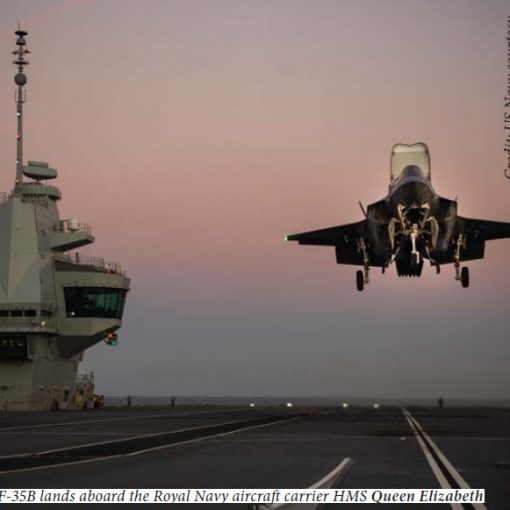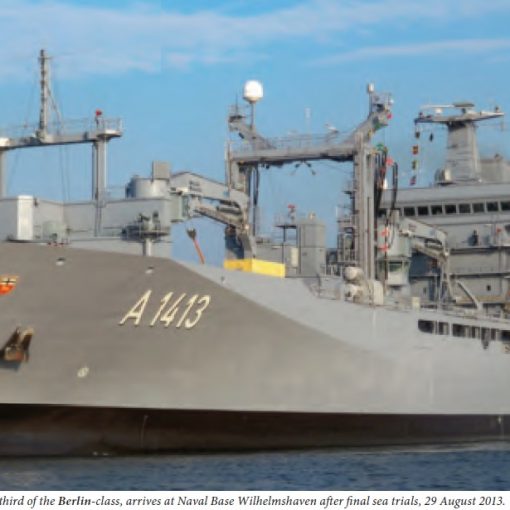Today's article by David Pugiliese suggests concerns about sole sourcing may have resulted in a scuppering of plans to fast track a $500M purchase of General Atomics' MQ-1 'Predator' drones. While I fully support some of the more recent accelerated purchases made by this government, I too probably have to draw the line here. As some of the critics of the last leak of the Canada First Defence Strategy have pointed out, the plan to have Predators replace our CP-140s for surveillance of the Atlantic and Pacific was a doubtful plan in the first place. Trials have demonstrated there are some serious concerns with the UAV's ability to operate safely in those regions that also have large amounts of commercial air traffic, that they are payload limited, and that icing problems are, at times, crippling to them.
But the real problem is that this purchase seemed to be going forward without any discussion as to what might be needed in an overall ocean surveillance plan or within a broader defence policy. For example, the trial of the UAV demonstrated it had to be tied to the surveillance center with a very high bandwidth satellite communications system. This we do not yet have, and further there is no hint our initial CANMILSATCOM programme included the significant additional capacity to support UAV.
Thus the purchase would have followed the pattern set by the recent breathless announcement of Leopard purchases. I will not second guess the land commanders who say they need them. History has also shown tanks to be an integral part of any land combat team. But what causes concern is the fact that we are committing to purchase them without any thought as to how we will get them to the next theatre. Those who suggest our recent C17s will lift them have not done any reasonable calculations. By my rough guess you would be unlikely to get 15 Leopards to Afghanistan with their ammo, spares, and fuel unless you used all those aircraft and all the Hercules tactical lift aircraft for a full 45 days. You would not have lifted any infantry, artillery, or support troops or equipment by the way. This rough calculation shows why military planners during both Gulf Wars sent 90 percent of the land component by sea and only 10 percent by air. Yet we have yet to hear of a JSS contract.
Again, the end of a fast track UAV purchase is good news. Let us also hope it finally signals a need to provide a defence policy that explains all this government's defence purchases.



